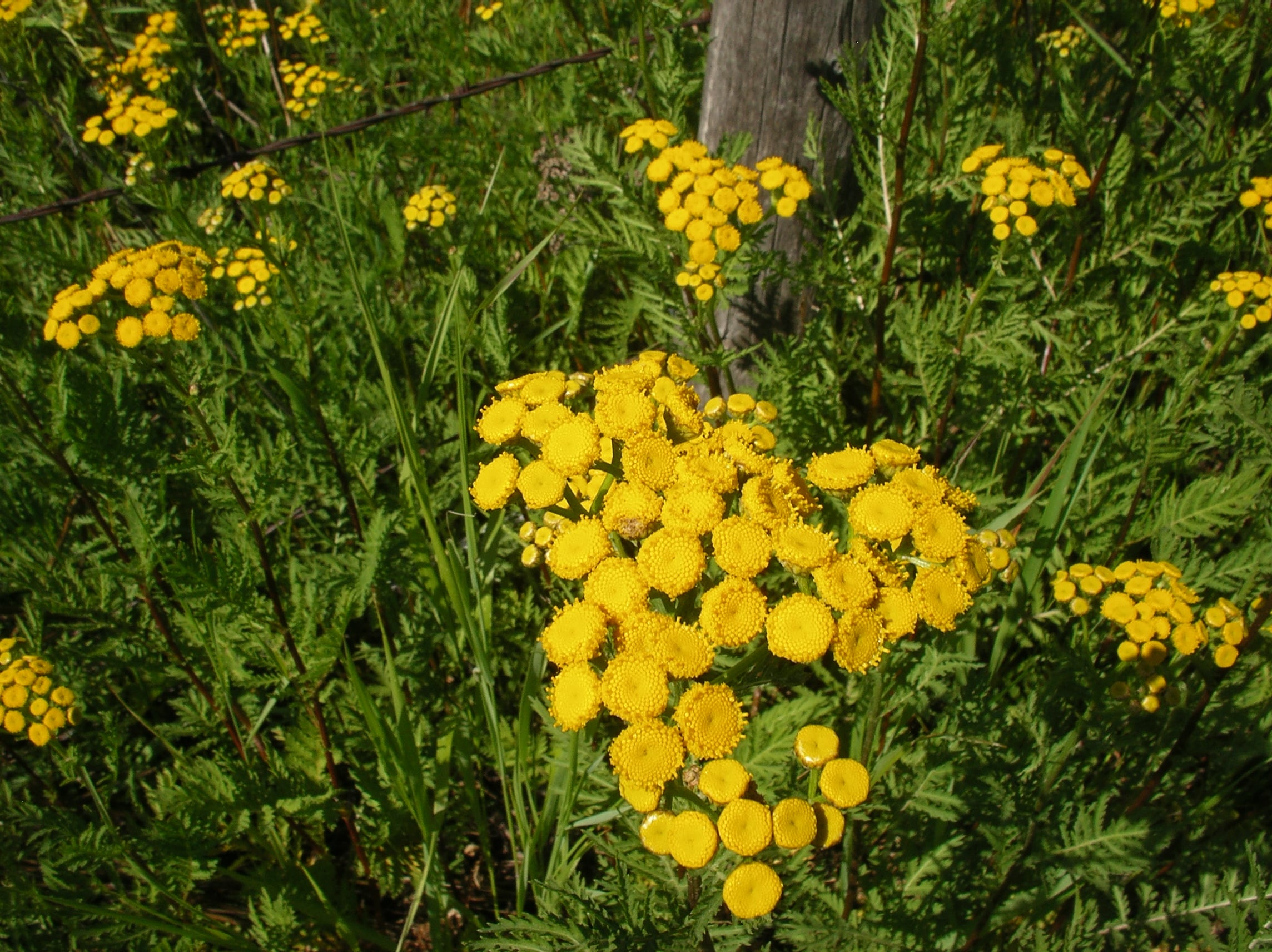Invasive Species — Common tansy hard to eradicate once established
Common tansy (Tanacetum vulgare) was brought here from Europe in the 1600’s. It was brought here as an ornamental and also for medicinal purposes. It is toxic to some animals and fatal to humans if ingested in large quantities.
Because common tansy has a long history of medicinal and horticultural use it is still being sold. This plant is hard to get rid of once established. It is recommended that you don’t buy it and if you have some in your yard you should consider getting rid of it. If you choose to keep it make sure it doesn’t go to seed and don’t let it spread. Some native alternatives are yarrow, Canada goldenrod, and flat-top goldentop.
Common tansy is a perennial that reproduces by both seed and underground horizontal roots. Its many seeds are yellowish-brown with short, 5-toothed crowns. The stems are stiff, branched and often a purplish-red colour. It can grow from 0.4 to 1.8m tall. The leaves are deeply divided and almost fern-like in appearance. It is an aromatic plant with lots of yellow, button shaped flowers in dense clusters at the ends of the stems.
Common tansy grows at low to mid elevations along roadsides, stream banks, in disturbed habitats, and in pastures. It grows best in full sun and in fertile, well drained soil.
There is research being done to find bio agents but so far nothing has been approved. Fertilization and using high seeding rates when planting completion can be effective in suppressing common tansy. Mowing or hand cutting is another option if you can get to it before it is in full flower to eliminate seed production. Multiple treatments are required to exhaust the plant’s resources.
A number of herbicides can be used to manage common tansy. Applications made between the rosette to early flowering stage give the best results. The most effective control method combines mowing or hand cutting with chemical control and encouraging competition from native vegetation.
For more information on invasive plants please contact the Boundary Invasive Species Society, at info@boundaryinvasives.com,www.boundaryinvasives.com or 250-446-2232.
Jen Haynes is the Education Coordinator for the Boundary Invasive Species Society.






















